Full Guide To Amethyst vs. Tanzanite (This Is The Difference)
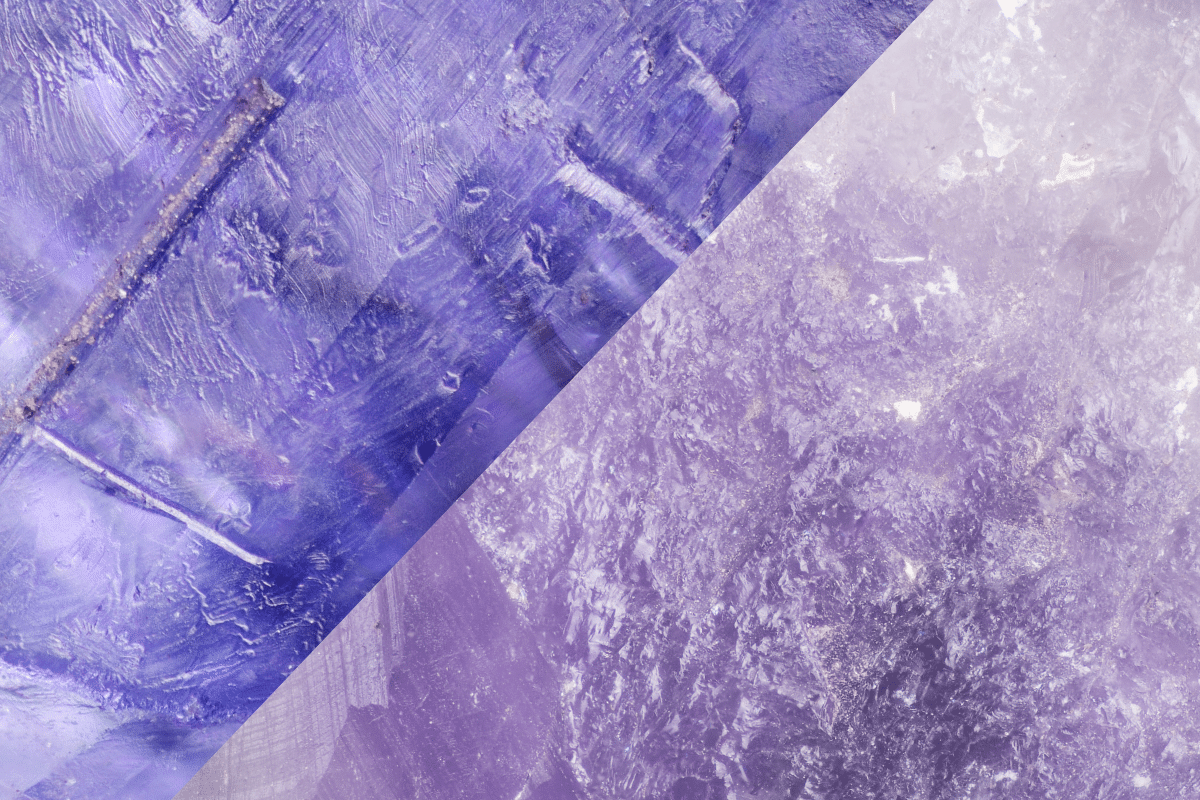
Although amethyst and tanzanite can look similar, they are definitely not the same stone. Not only is tanzanite extremely rare compared to a common crystal such as amethyst, but the two also have different metaphysical properties.
Amethyst is generally more purple/violet while tanzanite occurs in different colors, but is most often blue. The best way to distinguish them is by looking at the hue, as tanzanite displays trichroism, meaning it will have 3 different hues when observed from different angles. Tanzanite is also rare. The stones each have different metaphysical properties.
Continue reading if you want to know more about the qualities of these stones, as well as how you can use them in your spiritual practice.
Also Read: Amethyst vs. (Heat-treated) Citrine – What’s The Difference?
Want more help or information? If you have any more questions after reading this blog post or want a personal answer for your specific situation, join the free Facebook group! We promise you’ll get an answer from either our team members or a community member.
Amethyst vs Tanzanite – How To Tell The Difference?
In order to understand the difference between these two stones, we can look at the color, shape, pattern, clarity, and more. Below we’ll describe all these aspects in detail.
Color
Amethyst is a violet/purple-colored stone. The color of amethyst stones varies from light to deeper shades depending on the number of impurities within the stone. Besides the purple variety, there is also a pink amethyst which is very rare.
Amethyst exhibits red or blue secondary hues depending on the light source. When amethyst is heated it turns yellow or dark brown. When overly exposed to heat, the stone’s color will fade. It is therefore recommended to keep it out of the sun for extended periods of time.
Also Read: Pink Amethyst vs. Rose Quartz – What’s The Difference?
Although the blue variety of zoisite is called tanzanite, it also comes in various other colors, including yellow, blue, and pink. When this blue variety of zoisite is heated to 600 degrees C, the vanadium oxidizes and becomes deeper in color. The more saturated the color, the more valuable the stone will be, which is why this stone may undergo heat treatment. Most tanzanite will be violet/blue, but high-quality stones can also show reddish/brown colors.
Heat treatments are done to bring out the violet color of this stone. These are universally accepted and do not affect the price or quality of tanzanite. The treatments are used to improve the color, clarity, and durability of the stone.
Chemical Composition
Amethyst comes from the silicate family group of minerals. The chemical composition is silicon dioxide.
Tanzanite is a mineral from the zoisite family. The stone gets its color from the presence of vanadium in its chemical composition.


Pattern and Clarity
Amethyst has a vitreous luster and colorless streaks. The stone’s clarity will vary depending on the inclusions within the stone. Amethysts can either be transparent or translucent. The stone breaks with a conchoidal fracture. This simply means that it breaks off haphazardly, without following natural lines.

Tanzanite has a vitreous luster with a white or colorless streak. The clarity of the stone is transparent but can be rendered translucent due to the inclusions within the stone. The clearer and fewer inclusions within the stone the better its quality and price in the market. The stone breaks at a conchoidal or uneven fracture.
Hardness
Amethyst rates 7 on the Mohs scale. If you’re unfamiliar, the Mohs scale of hardness determines a stone’s hardness by measuring how scratch-resistant it is. According to this scale, a stone can scratch any other mineral with a lower score. For reference, talc is a 1, whereas diamond is a 10. Apart from scoring a decent rating on the Mohs scale, the stone is also durable because it does not break by cleavage.
Tanzanite is a less hard stone compared to amethyst. Rating slightly lower than amethyst on the Mohs scale, tanzanites score 6.5 in hardness. The stone is fairly durable for use but care should be taken to prevent damage and protect its luster.
Location
Amethyst deposits can be found in different parts of the world, but most amethyst comes from Brazil and Mexico.
Pink amethyst is a scarce stone, with the only place recorded to have this precious stone being Patagonia, Argentina. The El-Chiquita mine has the highest pink amethyst deposits, with the crystals forming inside hollow stones, called geodes.
Tanzanites are naturally occurring and unique to Tanzania, Africa in areas near Mt Kilimanjaro.
Care
As both stones rate around a 7 on the Mohs scale, they are hard enough to withstand water, salt and sun. Beware, that if left in any of these for prolonged periods of time, the colors will fade and the stone is likely to turn brittle.
To clean your stones, it is recommended to quickly rinse them and dry them with a soft cloth.
- Also Read: Can Amethyst Go In Water?
In terms of energetically cleansing and charging these crystals, neither have self-cleaning properties, like selenite or clear quartz would have. The stones can get contaminated with negative energies over time, affecting the crystal’s ability to project its properties. If you intend to use the stones in deep energetic work over an extended period, you will need to keep them recharged and cleansed when it’s not in use.
You can cleanse and recharge these crystals by burying the crystal in the garden and leaving it for two days or by holding them under running water for 60 seconds before drying them off. The crystals can also be recharged by leaving the crystals under a full moon overnight or in the company of cleansing crystals, such as clear quartz or selenite.


Amethyst vs Tanzanite – Properties
Beware that crystals are never a replacement for professional medical help. If you have any issues, see a doctor first.
Physical
In terms of physical benefits, amethyst helps ailments in the area of the third eye and crown chakra. It also helps with symptoms of anxiety. Examples are relieving headaches, boosting immunity, and aiding digestion.
Tanzanite, on the other hand, helps in cell generation, speeding up recovery from illnesses and flushing out toxins from the body.
Emotional
Amethyst is a natural tranquilizer – the stone will soothe anxiety and anger. Amethyst is also useful in balancing mood swings.
Tanzanite will help in instilling confidence and ownership. Tanzanite is also a reliable stone when going through a difficult phase. Having the stone near will strengthen and keep worries away.
Chakra Association
Chakras are the different energy centers in a person’s body and represent the different aspects of our lives. Each chakra is associated with a different color, which helps us to match gemstones to these chakras. We can also match gemstones to the different chakras based on their properties.
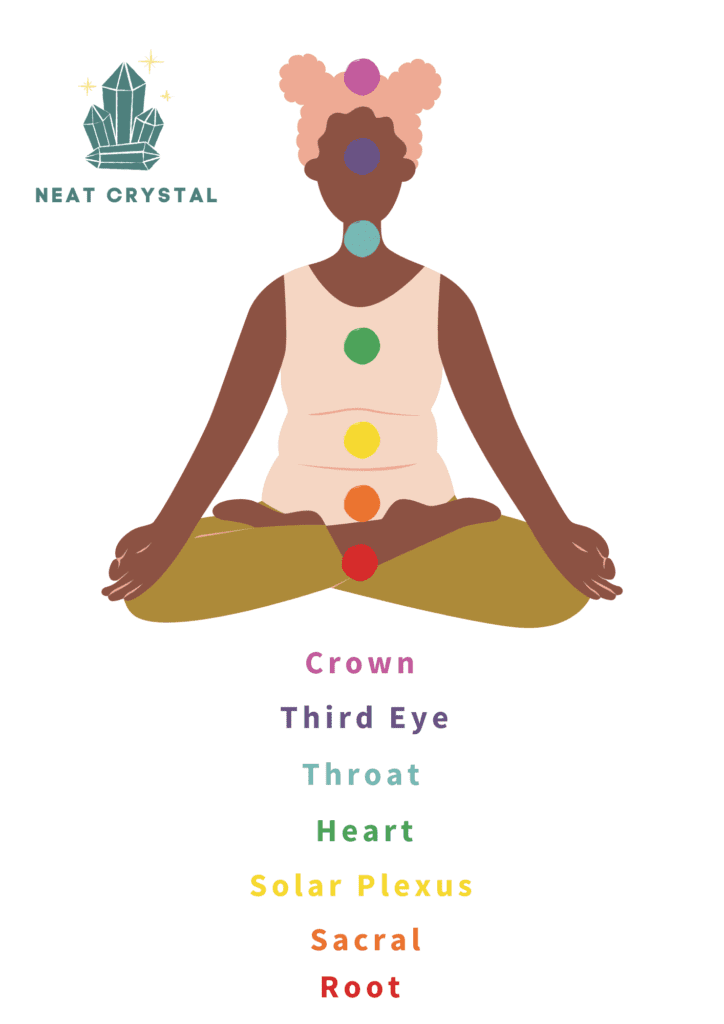
Amethyst’s violet color and properties mean it is associated with the crown chakra. The stone can be used during meditation and for aura cleansing.
Tanzanite is connected to the third eye and the throat chakra, given its blue color. The stone works closely with these chakras to bring immense healing benefits. The third eye chakra is the chakra associated with our inner self. The chakra emphasizes living our truth and exploring our psychic abilities. The throat chakra on the other hand is the communication chakra. Through the throat chakra, a person can communicate their authentic self to others. The throat chakra governs the communication of the chakra system.
- Also Read: What Chakra Is Amethyst?
Zodiac Signs and Birthstones
Amethyst is a modern and traditional birthstone for Pisces and Aquarius born in February. The stone is also beneficial to the Scorpio and Sagittarius zodiacs. Amethyst is also the 6th anniversary stone.
Pisces will do well with the help of amethyst; not only because of its properties but also because they are both ruled by Jupiter. Pisces people are hyper-sensitive and very susceptible to negative energies around them. Amethyst will help Pisces deal with their anxiety and maintain their emotional stability.
For Aquarius, amethyst can help curb pessimistic thinking and instead allow this sign a little more stability.
Apart from Pisces, Sagittarius is also ruled by Jupiter. Those with this sign are intuitive but can also live in their heads most of the time. This attribute can make them more likely to fall into depression. Amethyst helps the sign get the answers they are looking for and silences the feelings of self-doubt.
Amethyst is also a talismanic stone for the Scorpio zodiac. This adventurous sign is always seeking answers to their purpose in this life. Amethyst helps guide their thoughts and amplifies the best attributes of this sign.
Tanzanite is a modern birthstone for December, making it the stone for Sagittarius and Capricorn born in that month. It is also the 24th anniversary stone.
For these signs, the tanzanite plays its role by encouraging the positive attributes of the sign, while eliminating energies that may be limiting the zodiac.
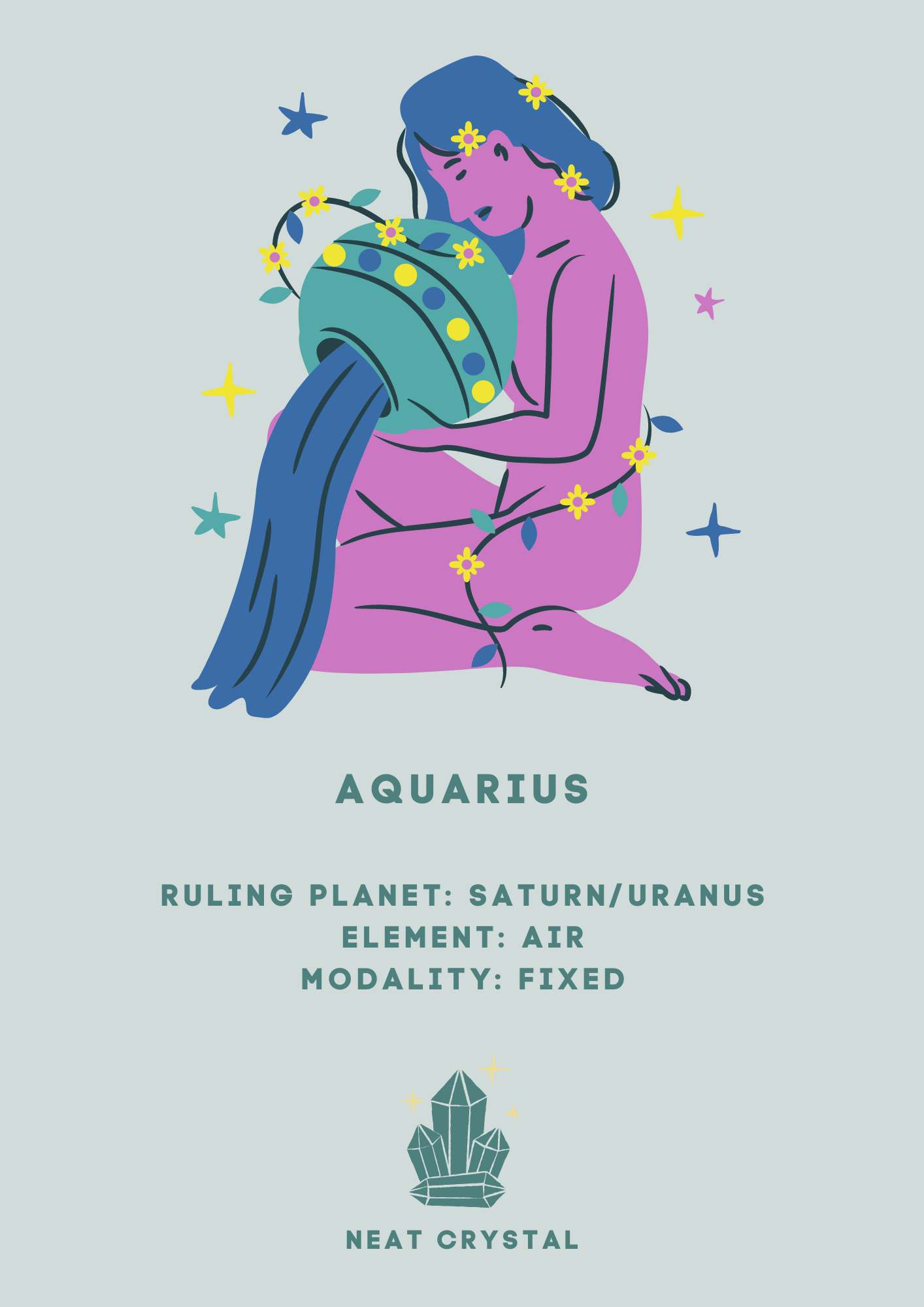




Ruling planets
When we talk about ruling planets, we mean that a certain planet (or celestial body, like the moon) has more influence over a zodiac sign or crystal. Amethyst is ruled by both Jupiter and Neptune. Jupiter encourages optimism and tolerance while Neptune is associated with our dreams and compassion. Neptune also teaches us to be more compassionate and receptive to our psychic abilities.
Tanzanite is governed by the planet Saturn. Saturn is associated with life lessons and karma. The planet’s energies on a person will invoke structure, discipline, and boundaries in all aspects of their lives.
Elements
All gemstones are closely related to the four elements of nature; fire, water, air, and earth.
Amethyst draws its energies from the water element. Water element crystals represent our inner selves, especially emotions. Amethyst can help us make non-emotional decisions.
- Also Read: What Element Is Amethyst?
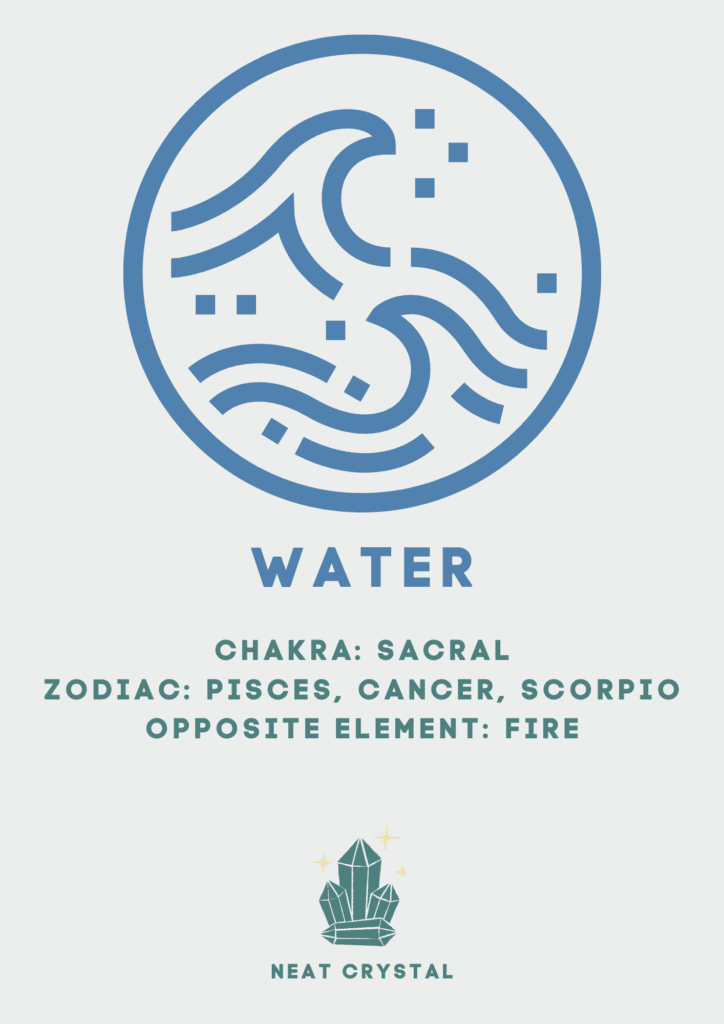
Tanzanite stones are associated with the air element. Air crystals help detach emotions when making important decisions. The air element also encourages better communication and adaptability.
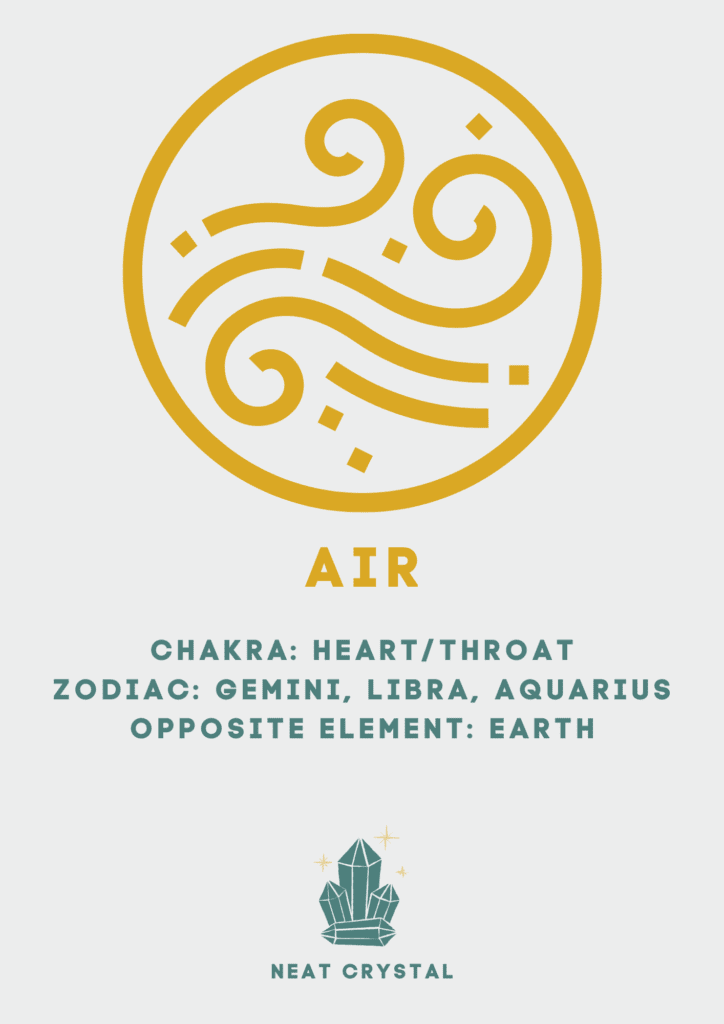
Numerical vibration
Numerical vibrations are the energies emitted by a stone or crystal. The vibration frequencies of crystals must resonate with your need or your zodiac sign for maximum benefits.
Amethyst energies are receptive and vibrate at 7. People associated with this number value their independence and are most often introverted. They also have great intuitive abilities. Amethyst will help these people maintain their boundaries and control their impulsive nature.
Tanzanite vibrates at 2. Number 2 in numerology represents harmony. It is believed that good things come in pairs. Number two signifies duality hence a lucky number.
People resonating with the number 2 are emotional and affectionate. Their kind-hearted nature leaves them hurt and on the receiving end quite often. Tanzanite is great in helping them maintain a healthy balance.
Uses
Crystals and gemstones can be worked with in different ways, depending on what you are looking for. Overall, it is recommended that you work with a crystal regularly, daily if possible, to receive the most benefits.
Jewelry
Gemstone jewelry is the best way to tap into the stones’ abilities. Wearing tanzanite and amethyst jewelry in skin contact protects you from low vibrational energies. Tanzanite jewelry will also keep the third eye chakra open. Amethyst jewelry is associated with humility and spiritual qualities.
- Also Read: The Complete Guide To Wearing Amethyst
Home/office
Amethyst and tanzanite are used in Feng shui practices. Amethyst is often placed at the wealth corner to invite abundance and success. Tanzanite in Feng shui will encourage peace, communication, and harmony in your home. You can use the stone as part of your meditation practices for calming energies. Finally, both stones can be used as amulets and in crystal healing therapies.
Best Combinations
Correct crystal combinations will equip and protect your energies, as well as help you to get the most out of the crystal you are working with.
For amethyst, the following combinations are recommended:
- Citrine to manifest prosperity and creativity.
- Smoky quartz for protection from negative energies.
- Labradorite for increased intuition.
Tanzanite can also be paired with other stones that work in harmony. The following are recommended:
- Tourmaline for grounding and protecting the aura. The combination will bring joy and creativity to your life.
- Garnets for when you want guidance through a season in your life.
Tanzanite and amethyst also work wonderfully together. The combination is great for chakra healing and a good connection to a higher self.
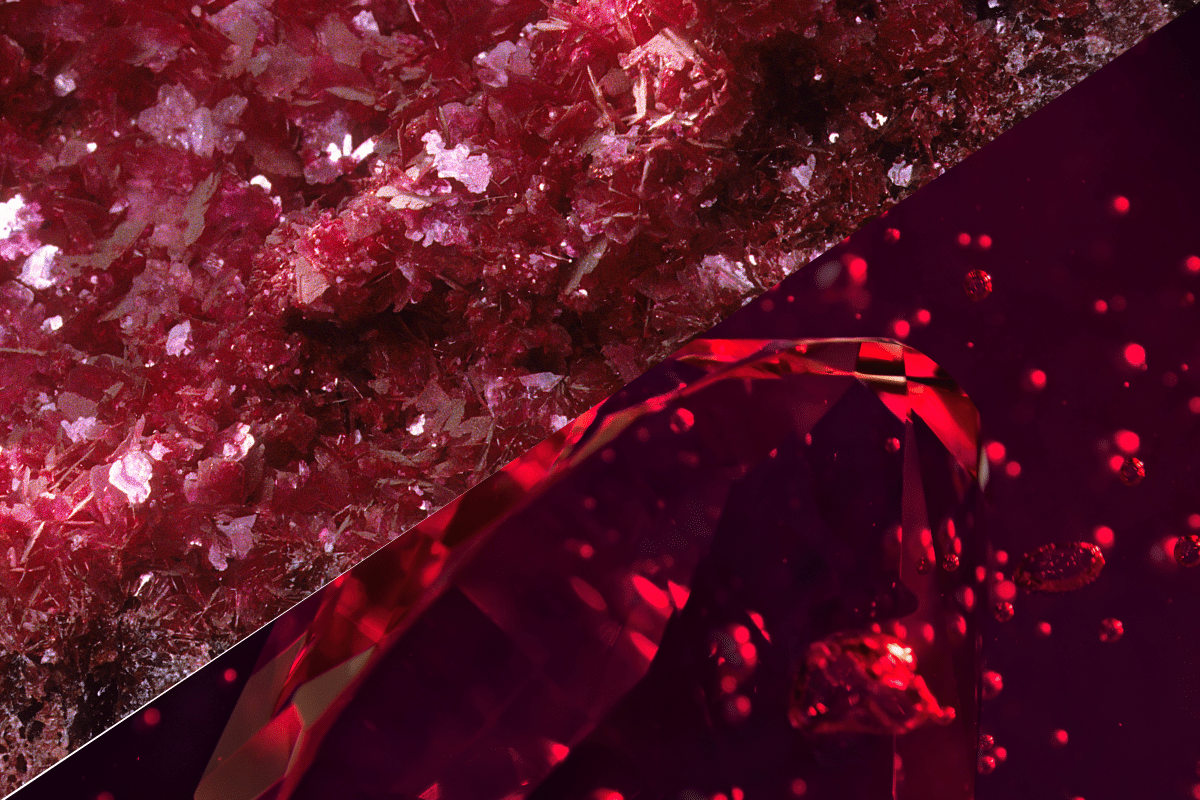

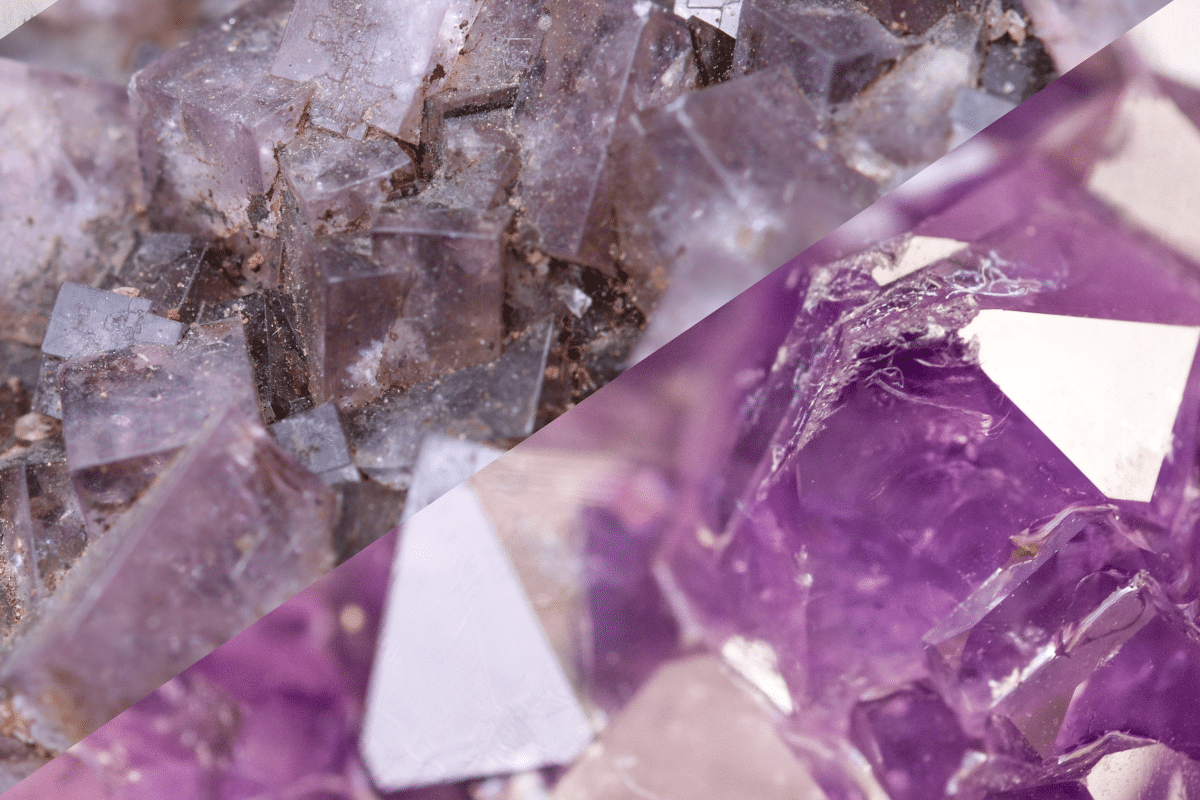
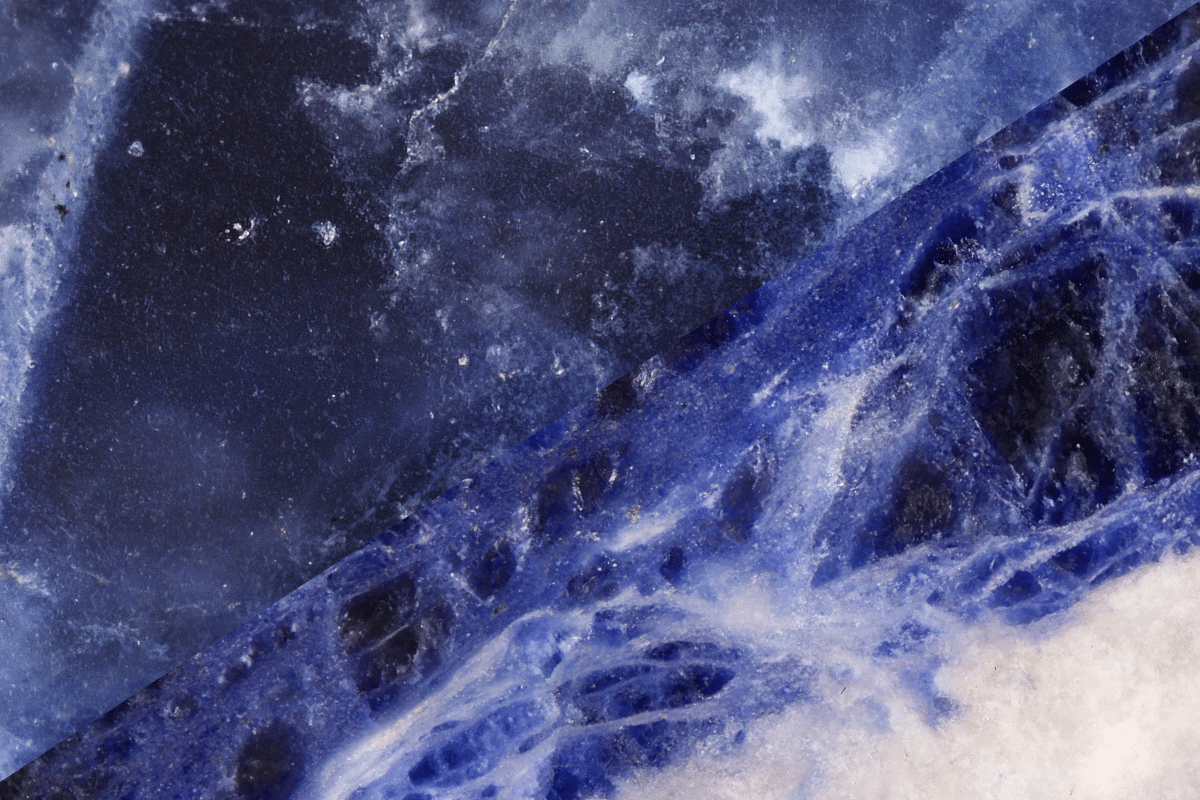
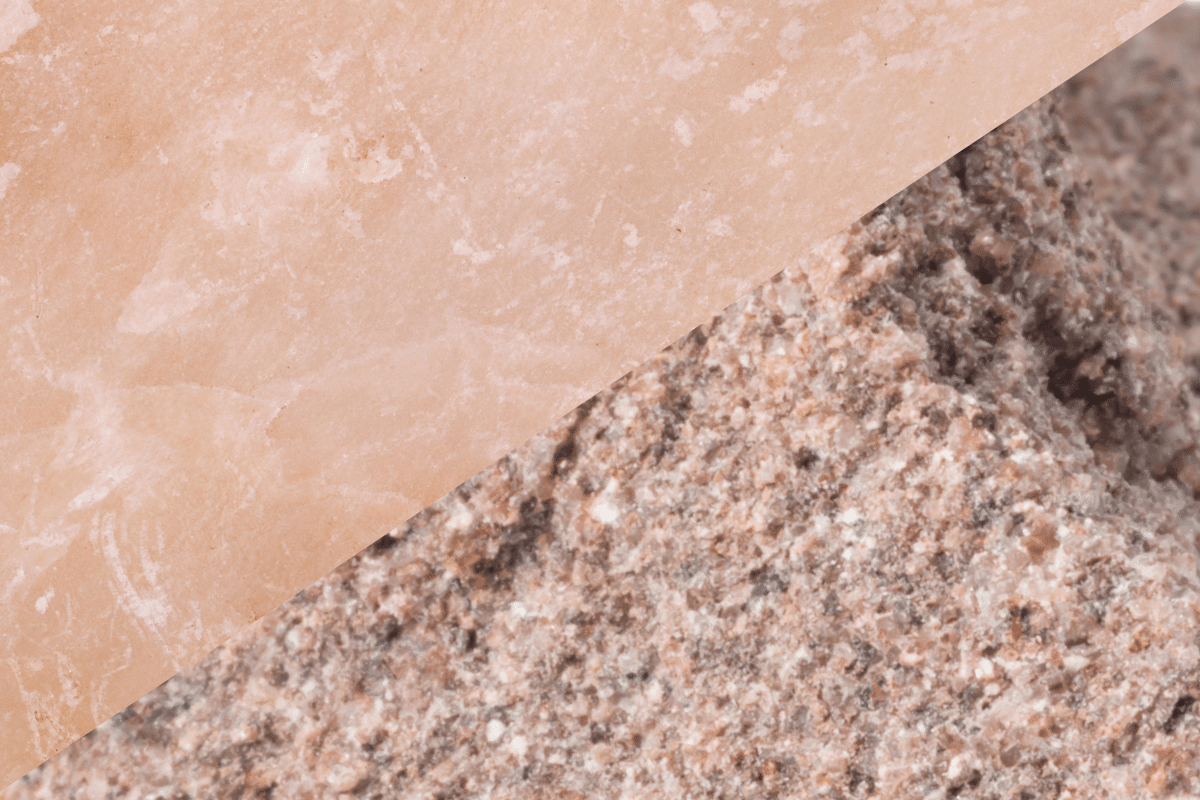

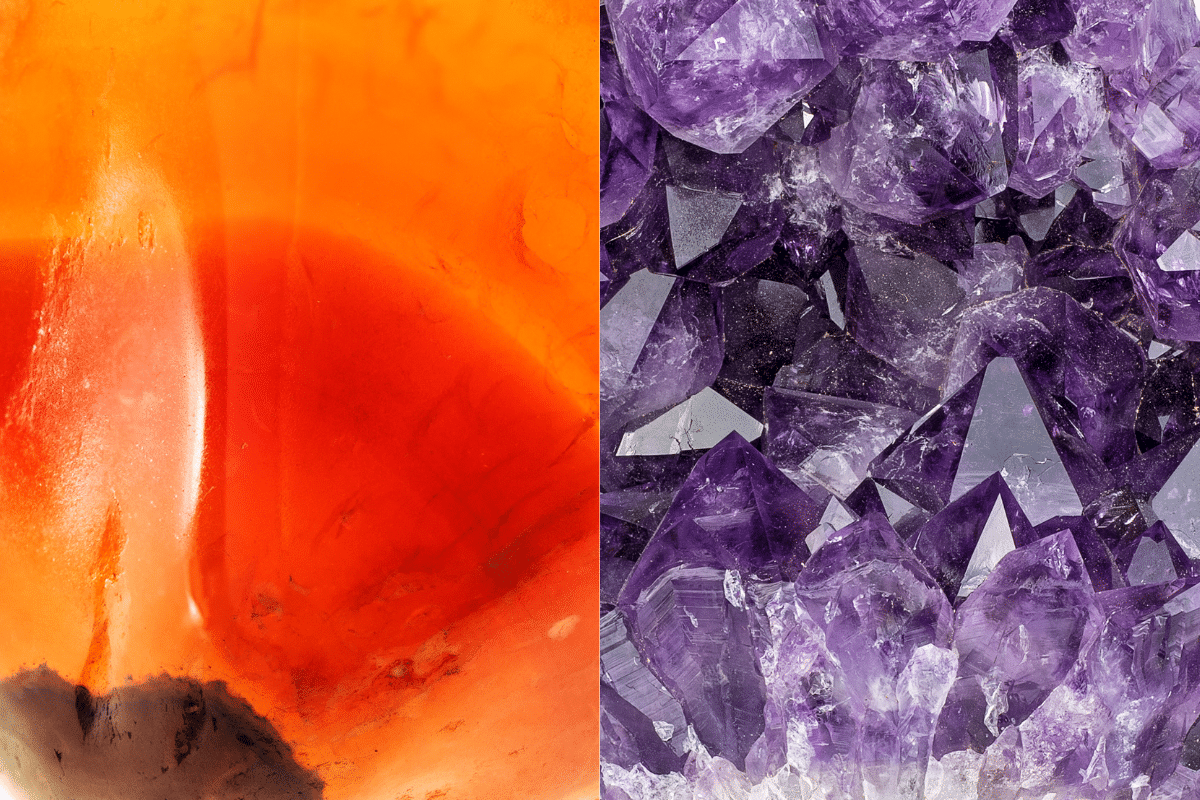
14 Comments